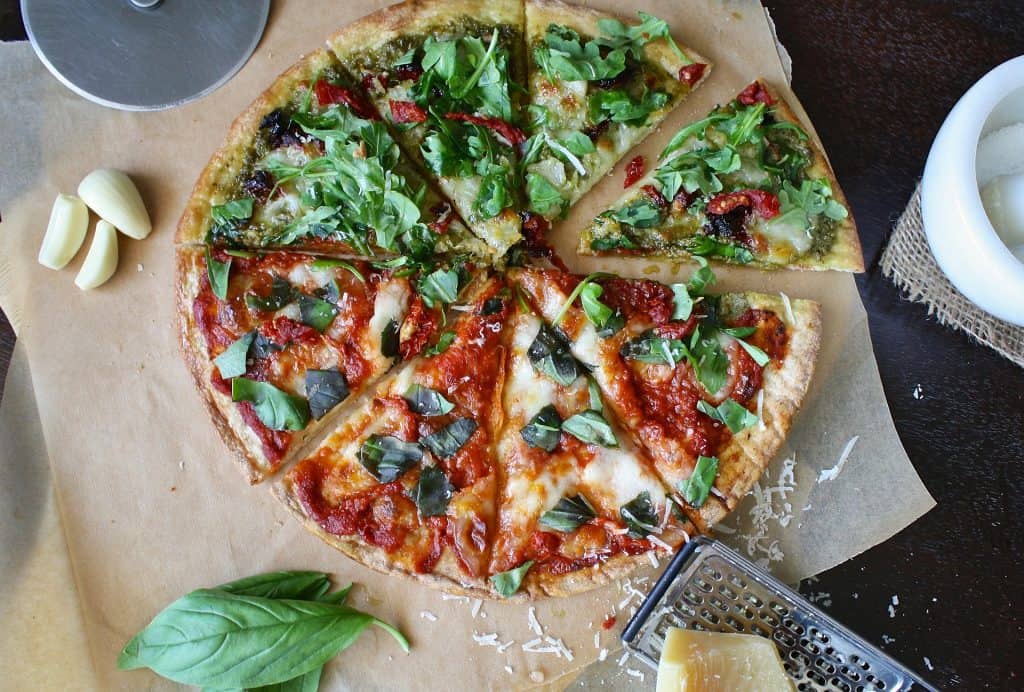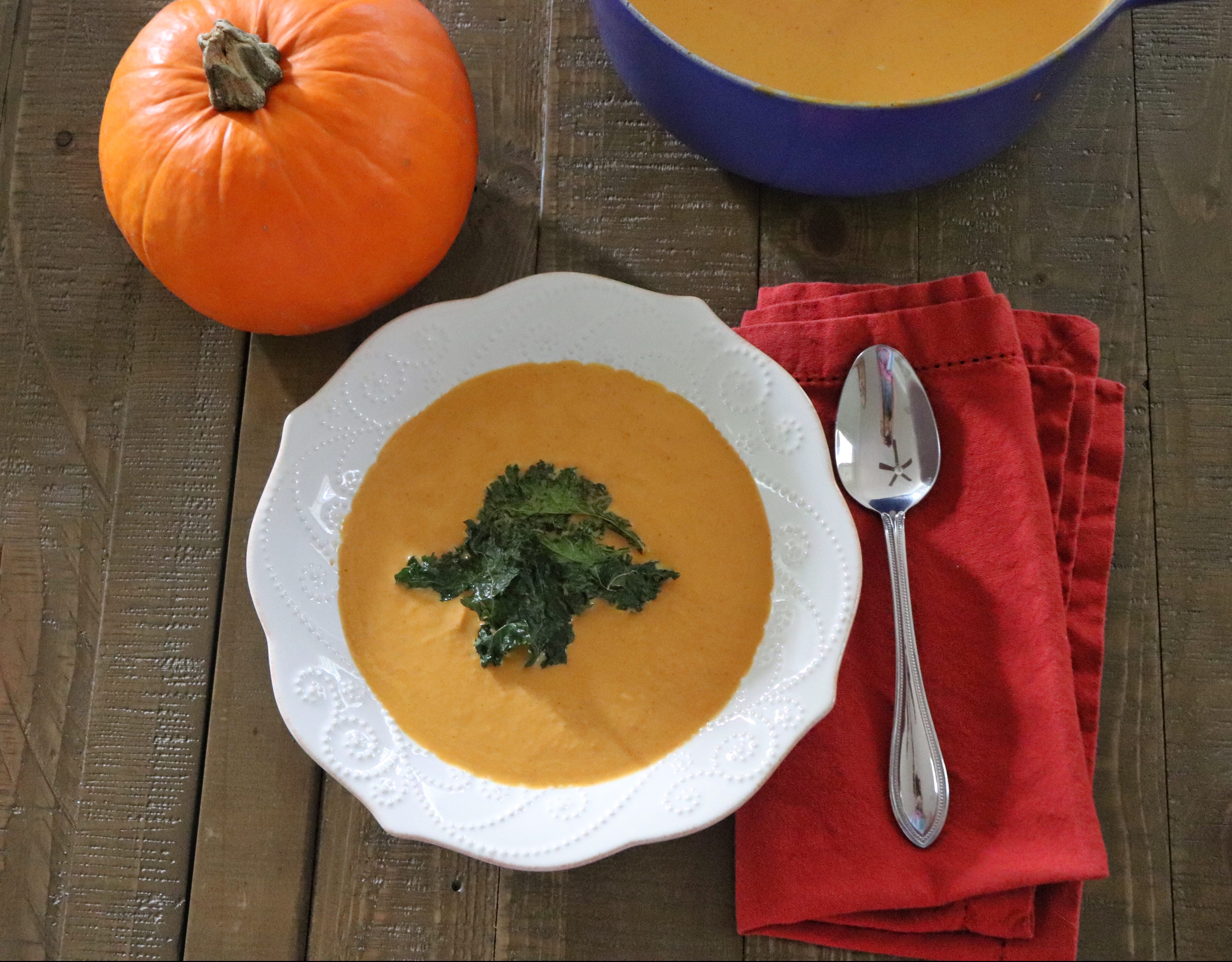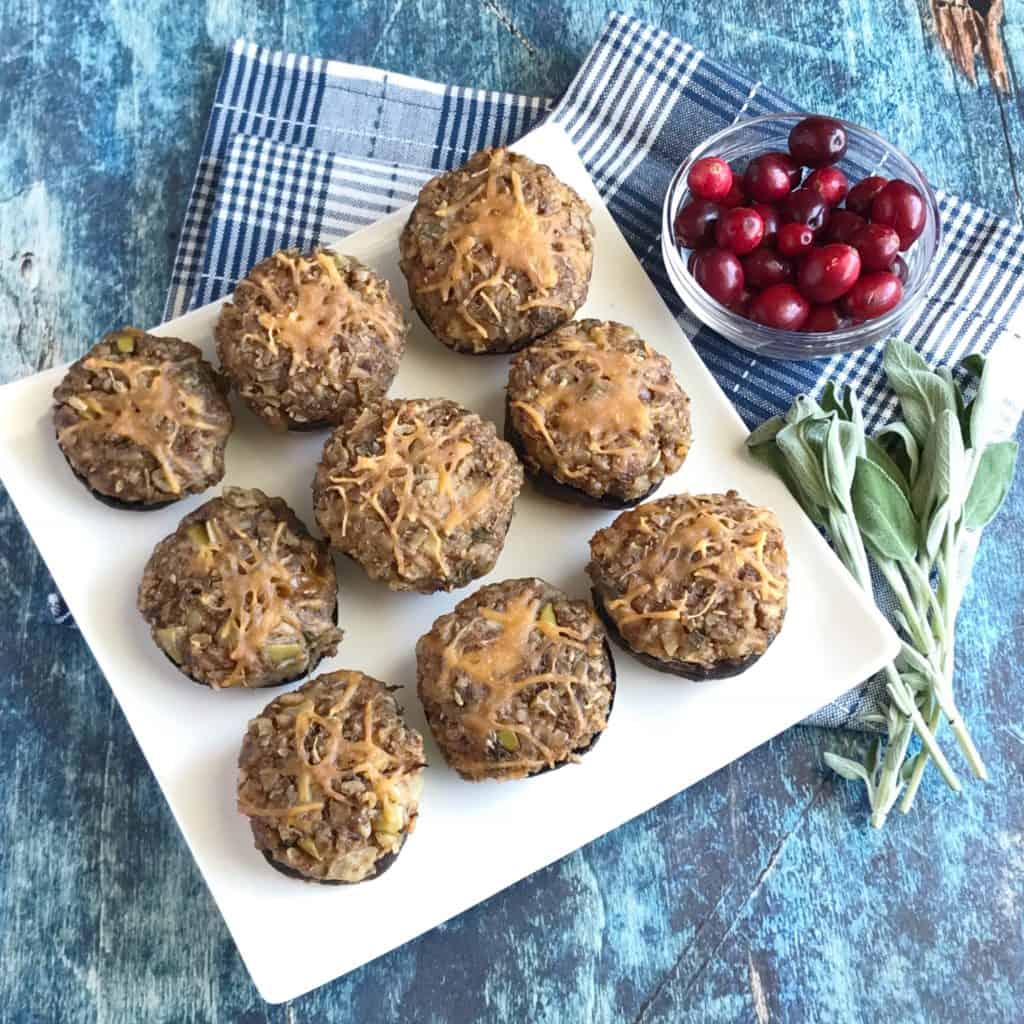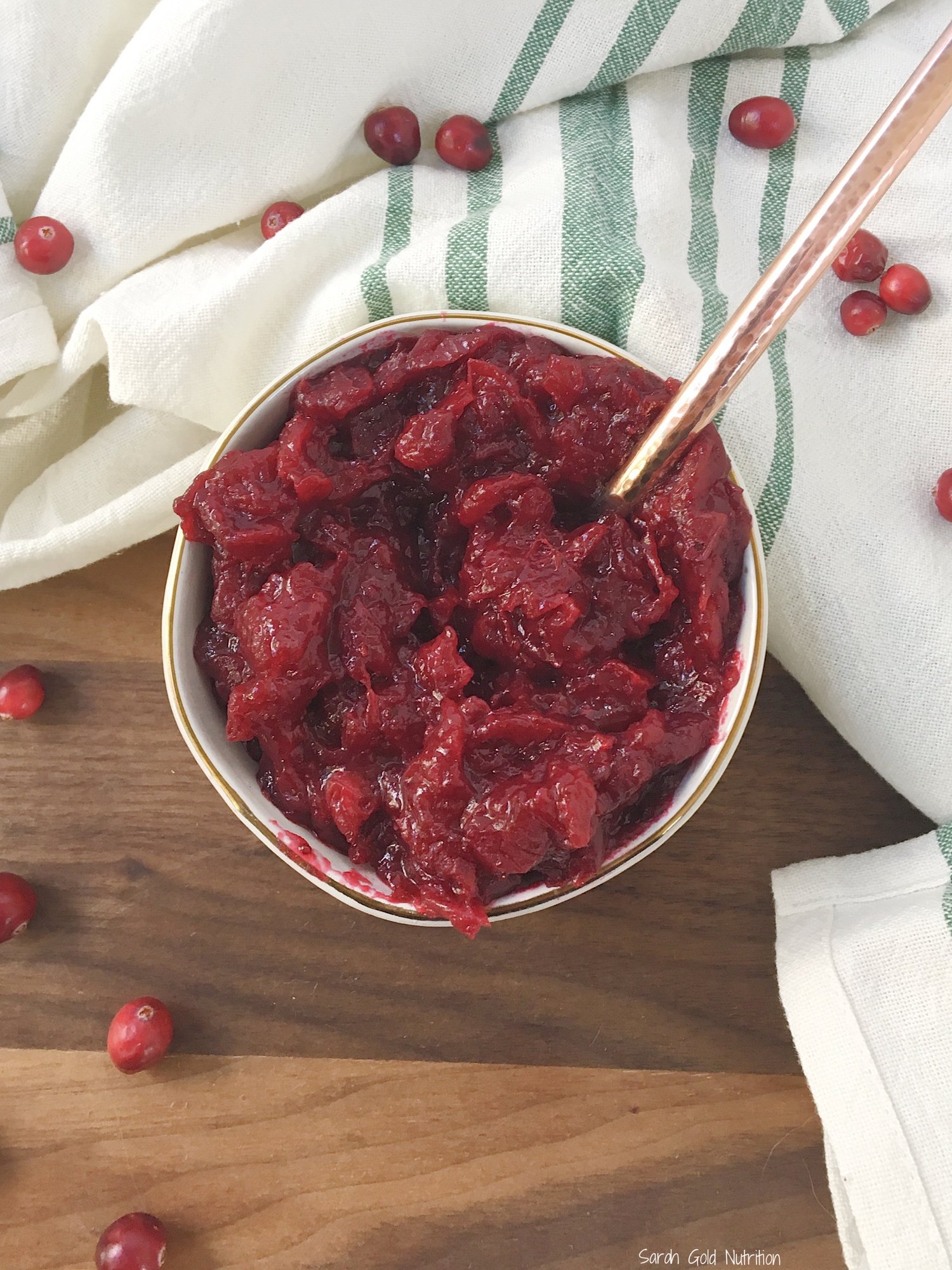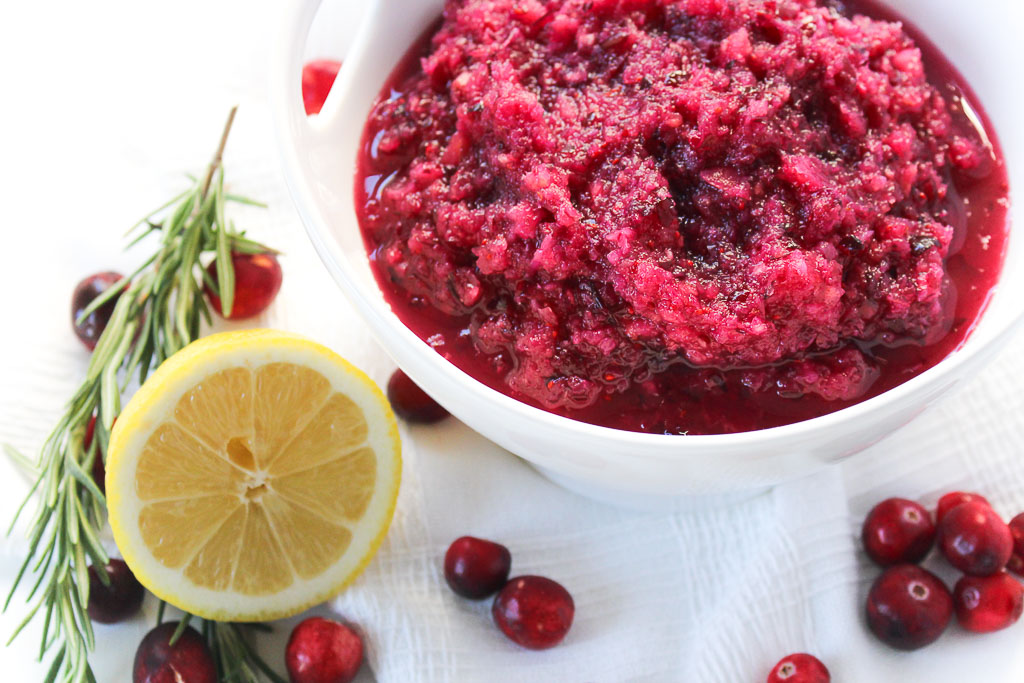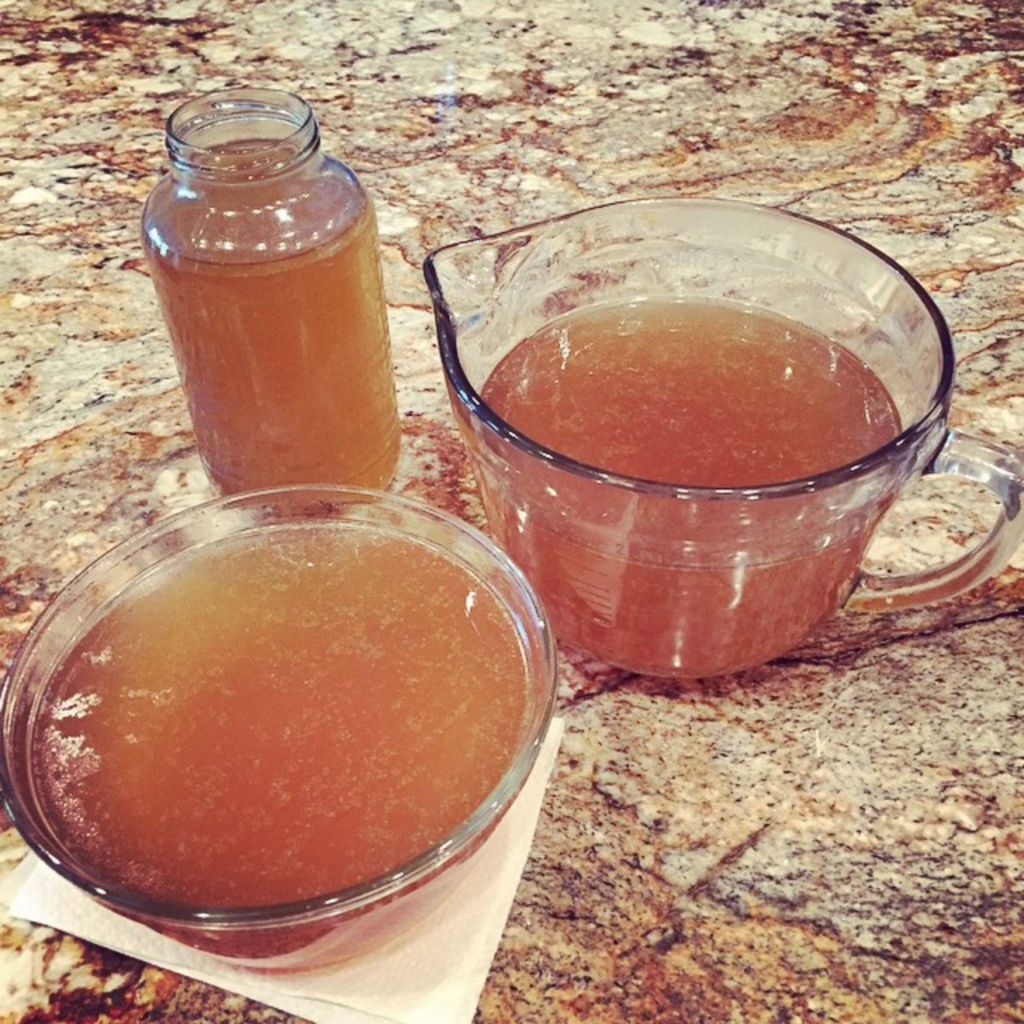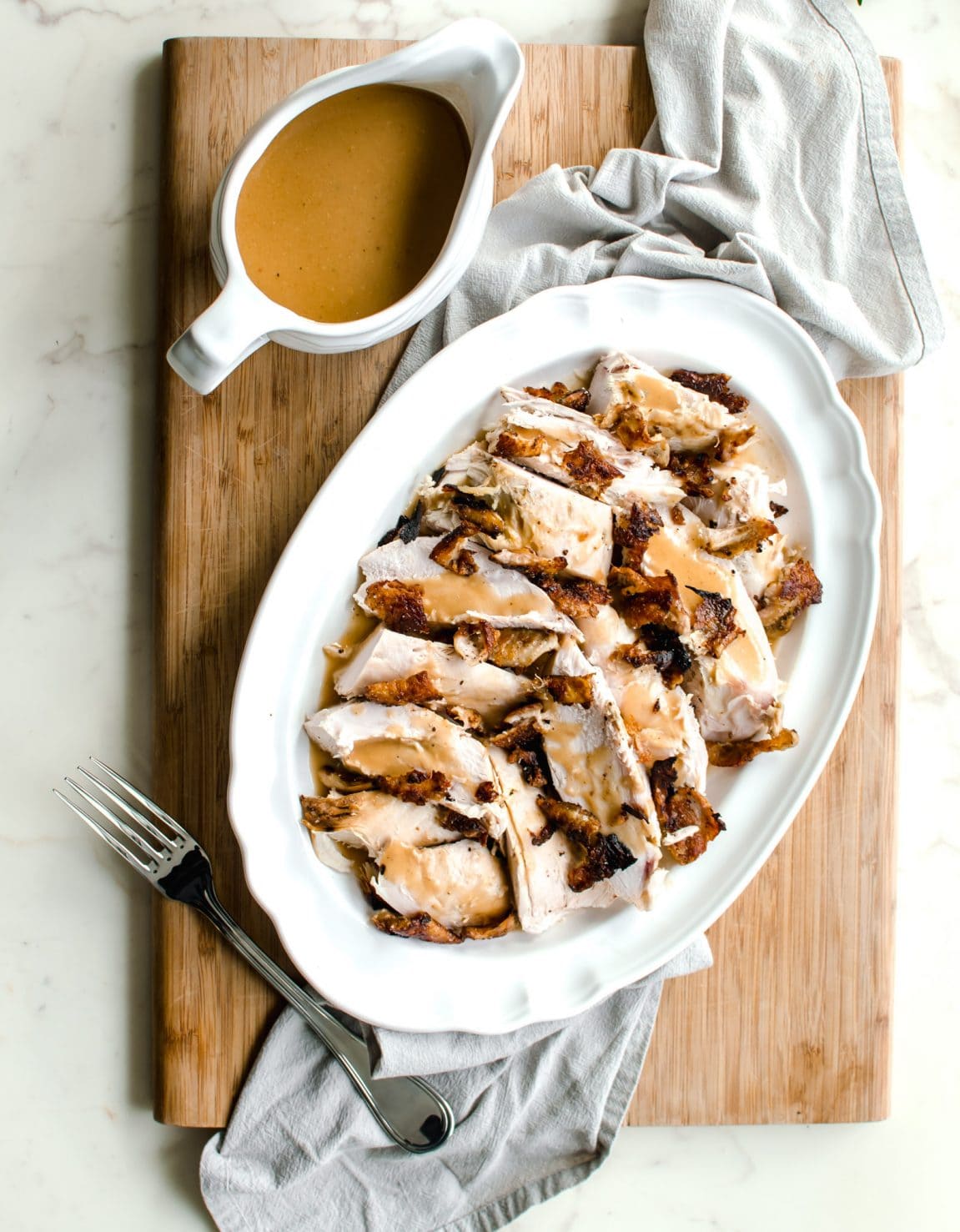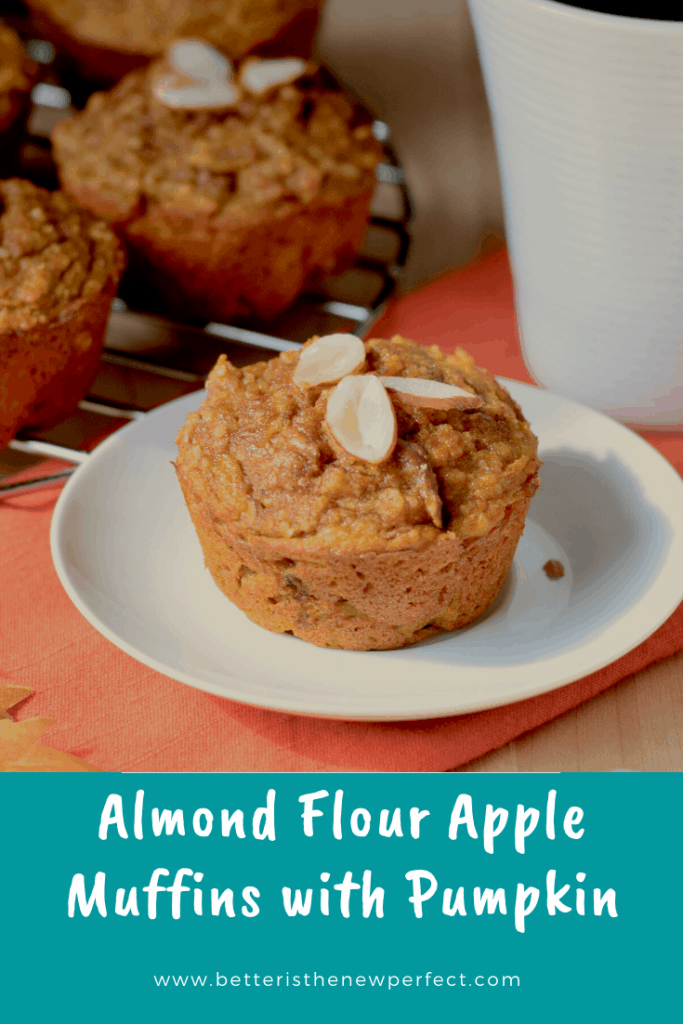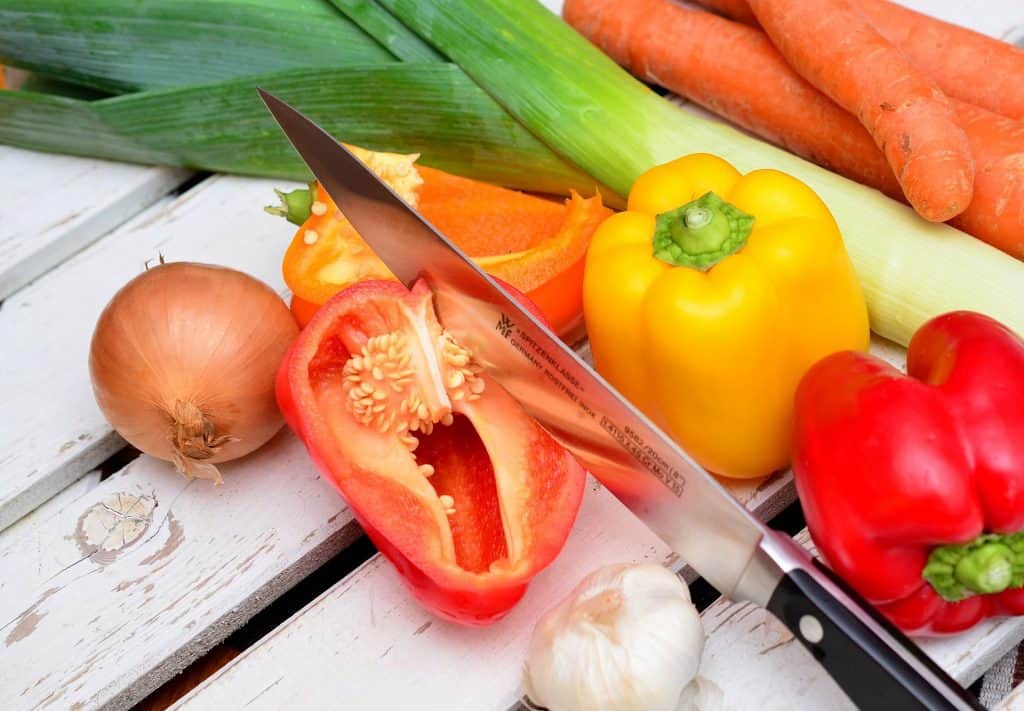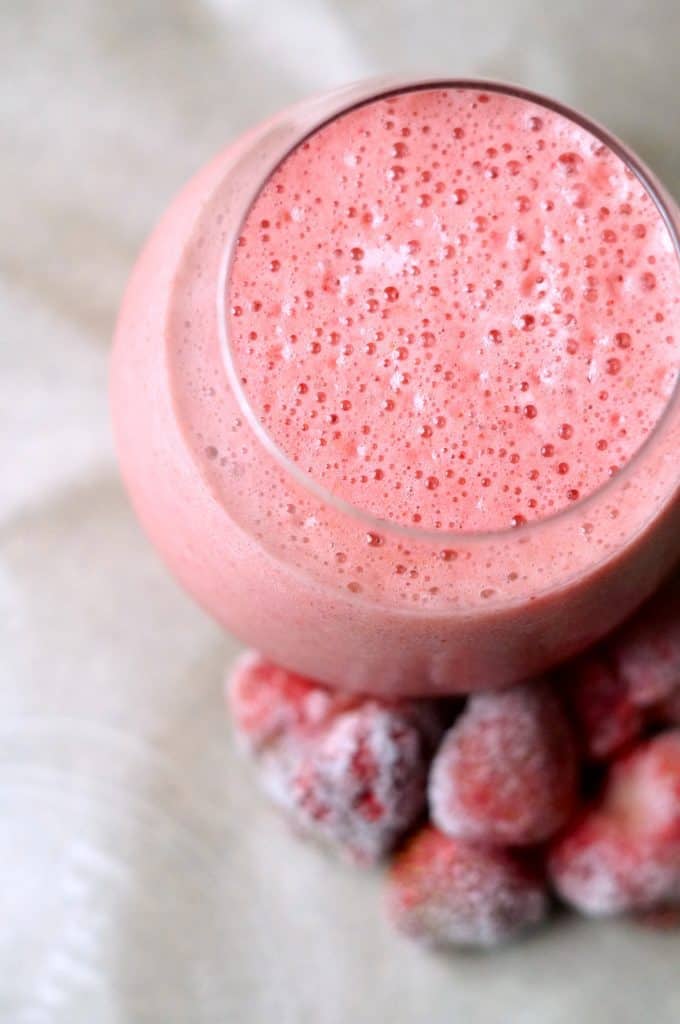What with the popularity of Marie Kondo’s books and her streaming series about decluttering, purging unwanted objects is on my mind. While I struggle with clutter on a daily basis, Kondos’ simple belief – tidying up helps to calm you down – works for me. In keeping with her approach, it pays to declutter your diet for better health, too.

Reducing stress may help prevent mindless munching, and may reduce your blood pressure, too.
Why getting organized reduces stress-eating
Does this sound familiar? You’re tired and hungry after a busy day, and you’re faced with a disorderly kitchen. With little energy left to make dinner, or prep food for future meals, you give in to temptation and eat whatever is on hand.
When you’re feeling stressed about the mess, your brain does not want to deal with the dishes in the sink, the mess on the counter, and a disorganized refrigerator. Your brain wants pleasure, and food or alcohol are the quickest ways to satisfy that craving for feeling better.
You can’t quash every food craving, but you can control your home environment as much as possible to better resist the urge to splurge.
Just thinking about getting organized to improve your eating habits can be stressful, but it’s also rewarding when you take small steps to get more order in your life.
Organize your kitchen to declutter your diet for better health and lose weight
A tidy refrigerator and orderly cabinets help you find food fast, and it also curbs overspending because you are more aware of what food you have on hand, and what you need to buy.

For some people, a tidy kitchen encourages healthier food choices.
Read: Why clutter causes stress
I’m not perfect at kitchen organization, but I’m getting better. In my defense, I live with three family members who have their own ideas about tidiness. However, there are some things I do regularly to stay on track with healthy eating:
• Empty the fridge, freezer, and cabinets. Throw away really old food, but also be aware that the dates on packaged foods (not fresh, perishable foods like meat, poultry, and seafood) are about food quality and not food safety.
• When you restock shelves, organize food in categories. For example, group all canned products in one place and by type. Check the dates on foods and put the newest in the back.
• Avoid stuffing the refrigerator, freezer, and cupboards. You need to see what you have on hand to use it up, and to prevent buying more of the same.
• Invest in sturdy air-tight containers for sugar, flour, and other grains, such as cereal. Transfer foods to these containers and label them clearly. This saves space, improves organization, and keeps food fresher for longer.
• Use under shelf organizers to save space and tiered risers for canned goods and other packaged foods so that you can always see what you have on hand.
• Keep treats out of sight, and healthier foods in the open. The old adage “Out of sight, out of mind” really works. For instance, stash cookies and brownies in the freezer and put open bags of chips in the cupboard, and leave an inviting bowl of fresh whole fruit on the counter.
Read: 12 DIY projects to clean up your eating habits
Make a plan and stop stress-eating
Yay! Your kitchen is in order, or at least it’s a bit tidier. It’s time to plan healthier meals and snacks.

Shopping on a regular basis is key to organizing your kitchen and meal planning.
• Consider meal prep on the weekend for the busy days ahead. However, if you can’t devote a few hours to the week’s meals on a Saturday or Sunday, you can always assemble balanced, simple meals and snacks in very little time. Marie Kondo’s goal is joy. Wasting food makes me sad, so I do my best to use up what would go to waste, which is part of managing your food better.
• Once you have an eating plan in place, make a list of food you need for better meals and snacks in the days ahead. It’s easier to shop for ingredients when working from a list.
• I’m not against treats like chocolate, ice cream, and chips, but if having these foods in the house triggers you to overeat, don’t buy them.
Read: Dozens of tips to reduce food waste and save more money
How to prevent mindless munching
It’s not always possible to avoid eating on the run, but when you’re home, I highly recommend sitting at a table.
Eating at the kitchen or dining room table, and off of a plate or out of a bowl, allows you to eat more mindfully than when standing at the counter or sitting in front of the TV or computer screen. Increasing your awareness of eating may help you to eat more nutritious foods in the right portions for you.












